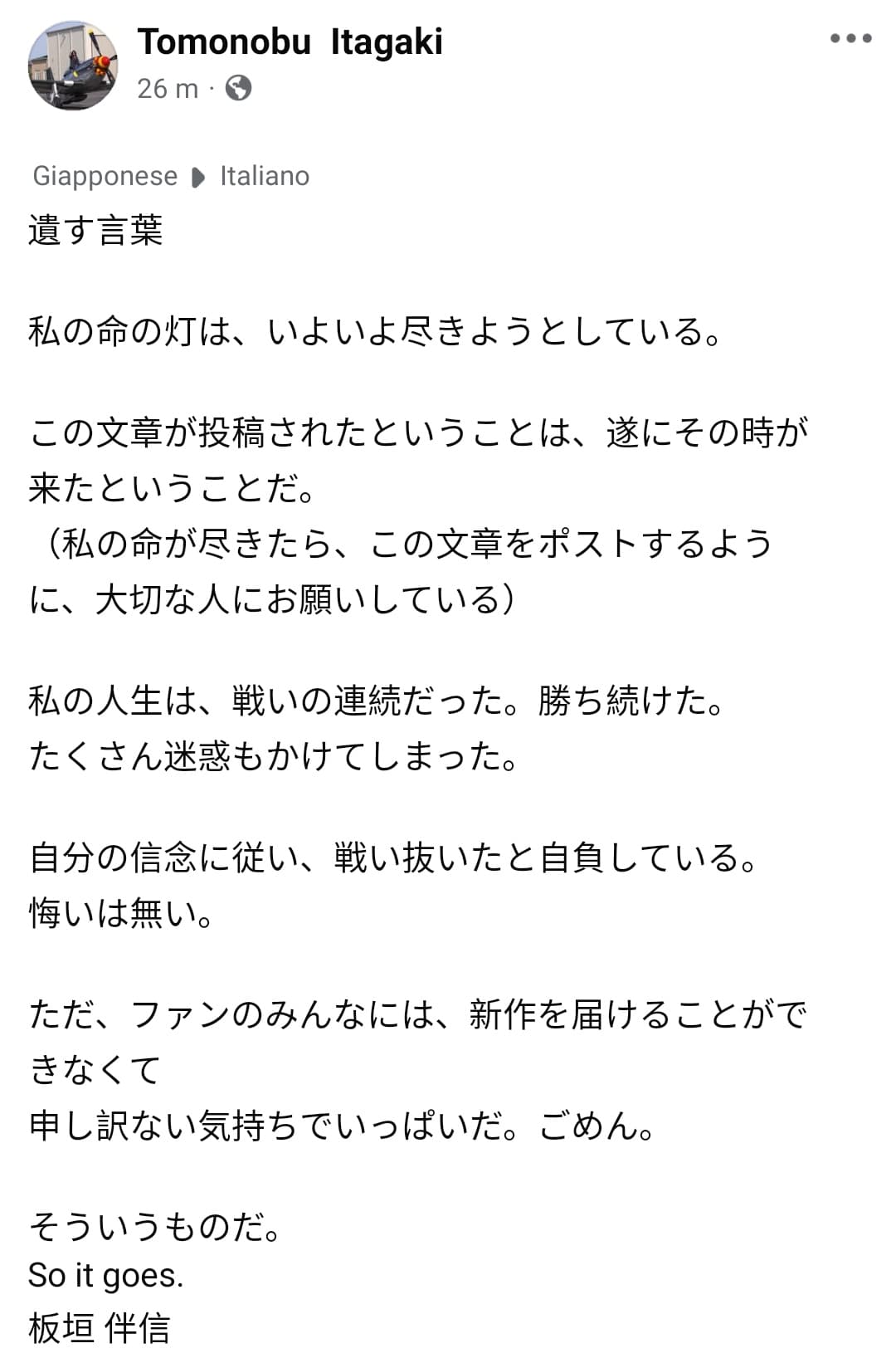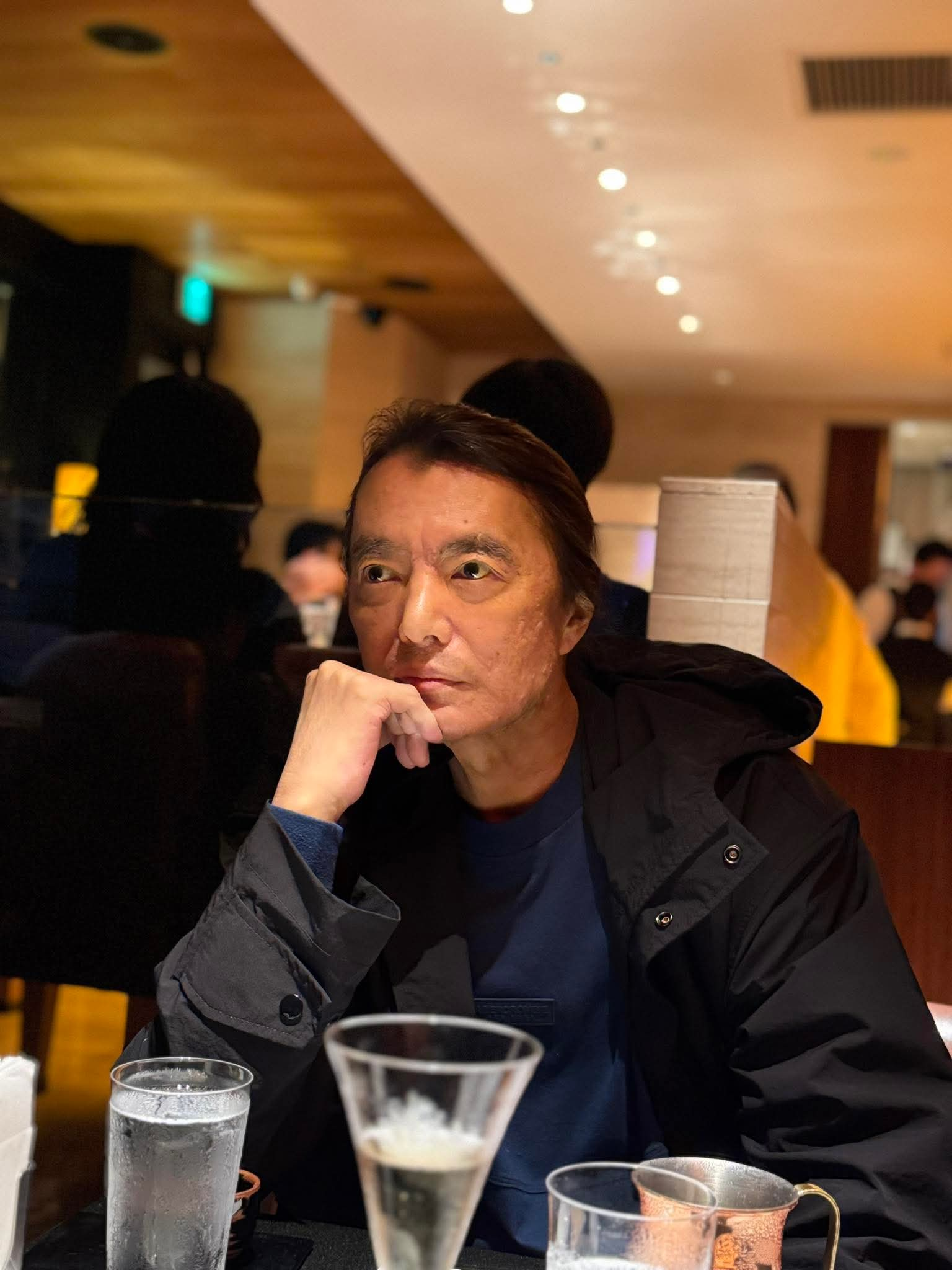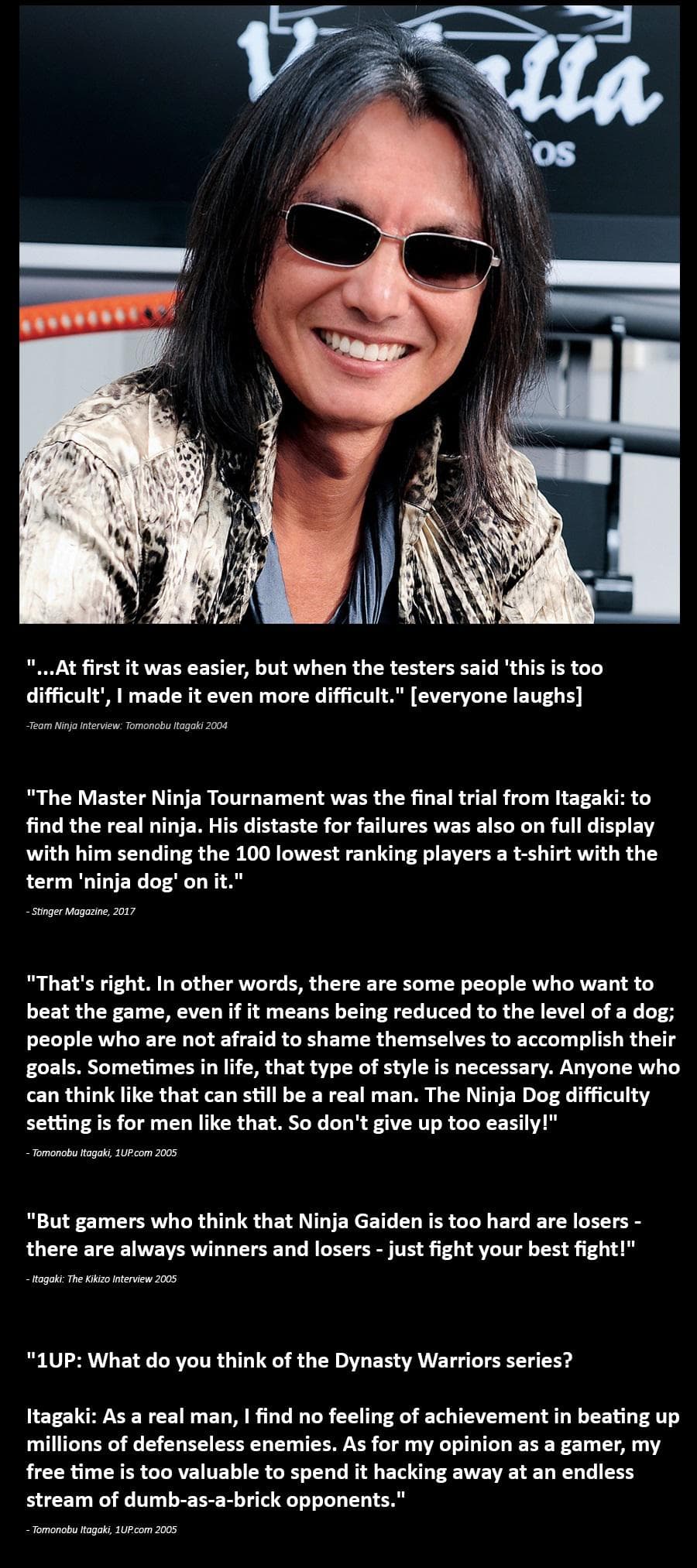
According to a post on his official Facebook page, Tomonobu Itagaki – the Japanese creator behind Ninja Gaiden and Dead or Alive – has reportedly died at 58. No cause has been shared, and the message appears to have been scheduled by Itagaki himself to be published after his passing. Until we see broader confirmations, treat this as developing. But if true, the action genre just lost one of its most uncompromising architects.
The report of his death comes via his Facebook page, with no additional details. Itagaki had formed Itagaki Games in recent years after the tumultuous Devil’s Third era. The post reportedly was prepared in advance, asking those close to him to publish it. In an age when misinformation spreads fast, I want more confirmations – but the message reads like Itagaki: direct, unvarnished, and in control of his narrative to the end.
I still remember booting up Ninja Gaiden (2004) on the original Xbox and realizing this wasn’t Devil May Cry, this wasn’t a mash-fest — this was a knife fight at 60 frames per second. Inputs were crisp. Animation priority mattered. Your positioning, your i-frames, your discipline on cancels — they all decided whether Alma folded you in half for the tenth time or you finally learned to Wind Run, shuriken check, and Izuna Drop your way out. Ninja Gaiden Black refined that ethos into something brutally fair: the game wasn’t asking you to grind levels; it was asking you to get better.
Dead or Alive gets memed for boob physics, and sure, Itagaki cultivated a rockstar persona that invited controversy — sunglasses, leather, big talk. But beneath the fan service was a tight 3D fighter built on a striking triangle of strike, throw, and hold. The hold system made hard reads a centerpiece. Environmental danger zones added stage awareness to the mind game. In local tournaments, DOA 2 and 3 demanded respect even from players who swore loyalty to Tekken or Virtua Fighter.

Itagaki’s split from Tecmo in 2008 after legal disputes ended the defining Team Ninja chapter. Valhalla Game Studios followed, and Devil’s Third (finally shipped on Wii U in 2015) was a mess — technically rough, tonally confused, and kneecapped by a tortured development history. Some players still found a gonzo charm in its multiplayer, but for most, it was a far cry from Ninja Gaiden’s steel-nerved elegance.
He later resurfaced with Itagaki Games and flirted with emerging tech trends, sometimes to side-eye from longtime fans. But that’s the thing about Itagaki: he was never a safe bet. He chased his gut. Sometimes it yielded Ninja Gaiden Black. Sometimes it didn’t. You can criticize his misses without pretending his hits didn’t redefine what responsive action could feel like on a controller.

Practically, Team Ninja moved on years ago — the studios behind Nioh, Wo Long, and Rise of the Ronin have their own voices. But the muscle memory that modern action devs chase still carries Itagaki’s fingerprints. When a director insists on 60fps as a design pillar, when a combat system rewards spacing, parry windows, and cancel mastery instead of stat inflation — that’s part of the lineage he helped cement alongside Capcom’s Devil May Cry and, later, FromSoftware’s tightly wound action. Different branches, same tree: player skill first.
There’s also a preservation angle. The best way to honor this legacy isn’t another canned statement — it’s access. Let players legally buy and play the definitive versions of Ninja Gaiden Black and the original Ninja Gaiden II (not just the Sigma variants) on modern hardware with high-fidelity frame pacing. If publishers want to do something meaningful, start there. Celebrate the games by making them playable, not just streamable clips on anniversaries.

Itagaki loved the spotlight and didn’t shy from provocation. Some of that swagger aged poorly; some of it was marketing theater. But the craft spoke for itself when the controller was in your hands: decisive animation locks, risky but learnable movesets, and bosses that punished slop yet melted under discipline. That design philosophy influenced a generation of action devs who learned that “hard” isn’t the point — “earnable” is.
Reports from his official Facebook page say Tomonobu Itagaki has died at 58. If confirmed, we’ve lost a designer who made 60fps combat a creed and turned failure into education. His later career wobbled, but his best work still teaches lessons modern action games are built on. The most honest tribute? Preserve Ninja Gaiden at its peak and keep making games that respect player skill.
Get access to exclusive strategies, hidden tips, and pro-level insights that we don't share publicly.
Ultimate Gaming Strategy Guide + Weekly Pro Tips